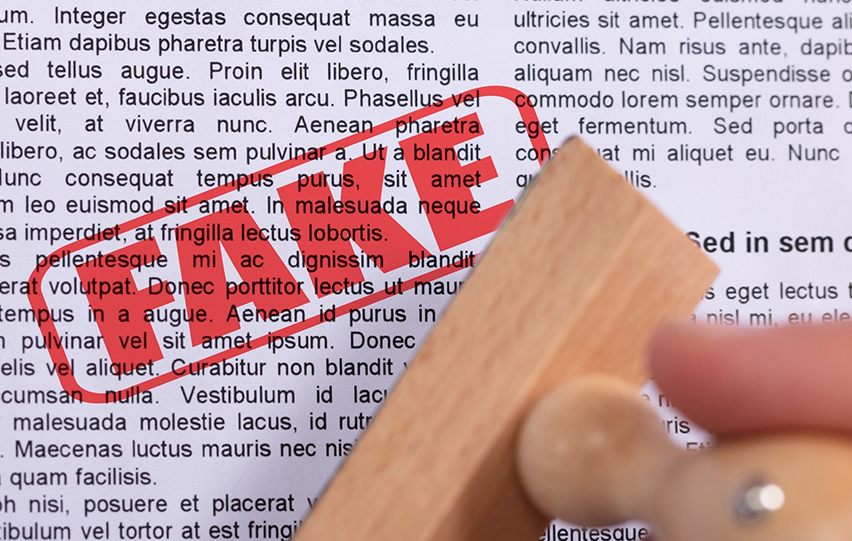Canary trap, the newest AI, can be used to point out intelligence vulnerabilities or create barriers that conceal sensitive information, similar to how it was used during World War II. WE-FORGE is a modern data security device developed by the Department of Computer Science.
To deceive rivals, the latest technological development can produce forged identities. Developers came up with a new way to conceal information by disseminating various copies of false documents. During WWII, British intelligence installed fraudulent information on the bodies of soldiers to deceive Germany into planning an attack on Greece. Operation Mincemeat was a victory, and it disguised the Alliances' invading army of Sicily.
It produces false documentation and utilizes artificial intelligence to generate canary traps to shield intellectual property such as pharmaceutical creation and military technologies.

V.S. Subrahmanian stated, “The system produces documents that are sufficiently similar to the original to be plausible, but sufficiently different to be incorrect.” He is the Distinguished Professor in Cybersecurity, Technology, and Society and director of the Institute for Security, Technology, and Society.
Canary traps, also known as "honey files," and different language interpreters are already being used by technology researchers to build detonators that fool would-be assailants. WE-FORGE builds on these methods while using data analysis to create several credible and inaccurate false data directly. To prevent opponents from quickly recognizing the actual text, the scheme often includes a random function.
WE-FORGE can also be used to make several copies of any systems engineering paper. When hackers break into a device, they are considered as a challenging task of determining one of several supporting information is genuine.
V.S. Subrahmanian said, “using this technique, we force an adversary to waste time and effort in identifying the correct document. Even if they do, they may not have confidence that they got it right.”
The task of fabricating fake analytical records is no less difficult. A single patent, as per the researchers, can contain over 1,000 ideas for up to 20 potential substitutes. In a single technological paper, WE-FORGE could end up contemplating lots of alternatives for all of the principles that may need to be updated.
“Malicious actors are stealing intellectual property right now and getting away with it for free,” “This system raises the cost that thieves incur when stealing government or industry secrets,” he added.
The WE-FORGE method computes how important each term is to the text by measuring comparisons with principles in the content. After that, the machine divides definitions into "bins" and calculates the suitable people for each category.
















